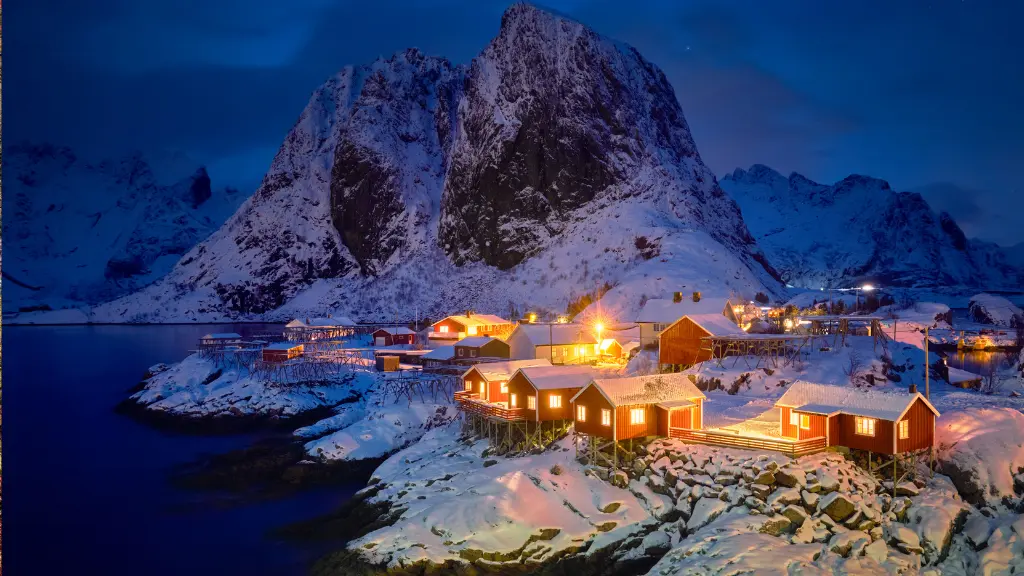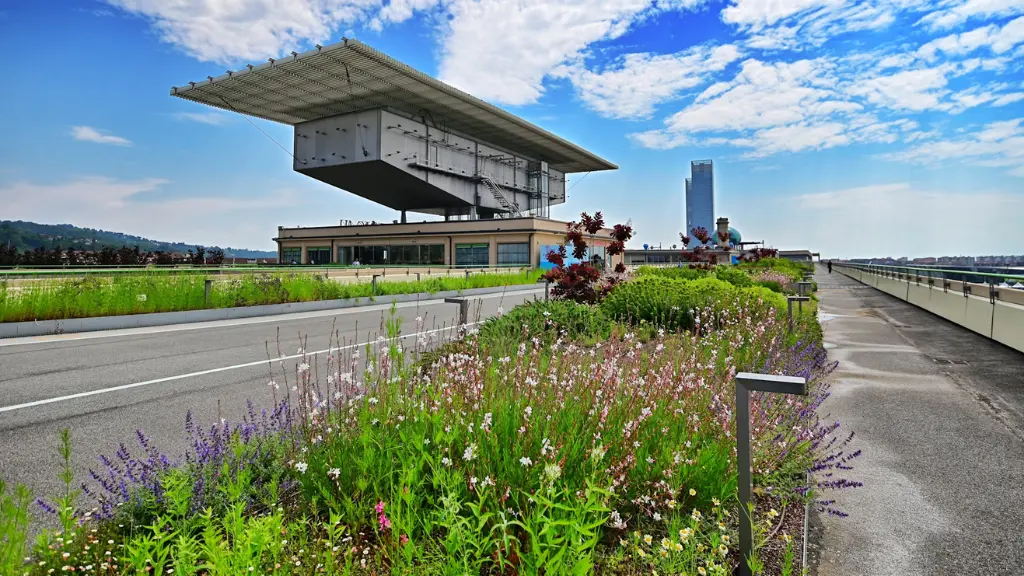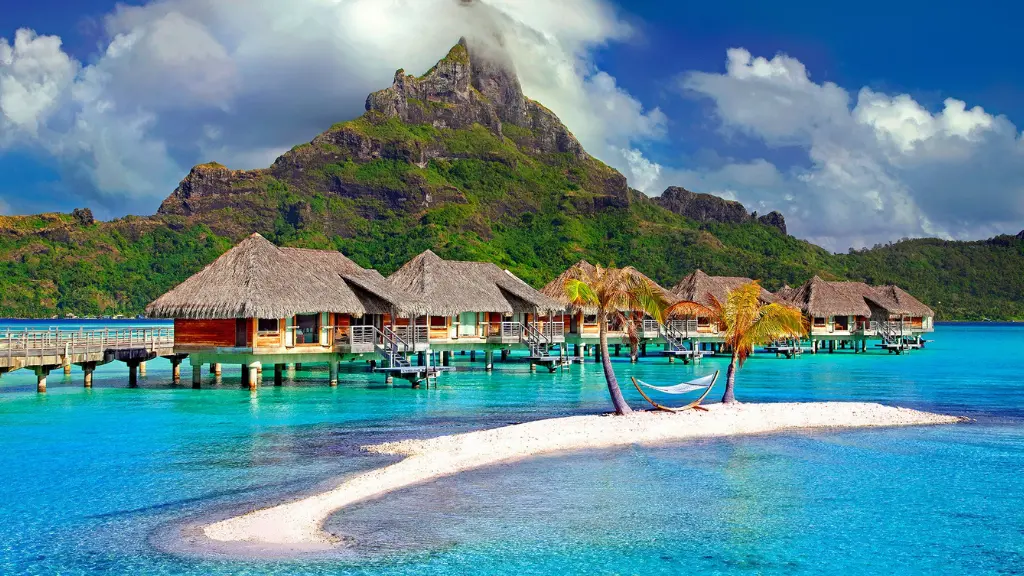The Lofoten Islands, located in the Arctic Circle off the coast of Norway, offer some of the most breathtaking landscapes in the world. Known for their dramatic mountains, deep fjords, pristine beaches, and charming fishing villages, the Lofoten Islands are a dream destination for nature lovers, adventure seekers, and photographers alike.
With its unique blend of rugged wilderness and rich Viking history, the Lofoten archipelago is a place that stays in the hearts of all who visit.
In this blog, we’ll explore what makes the Lofoten Islands such a captivating destination, how to get there, the top activities to enjoy, and practical travel tips to make your trip unforgettable.
You May Also Like: Grindelwald, Switzerland: The Ultimate Alpine Escape
The Untamed Beauty of the Lofoten Islands
The Lofoten Islands are a striking example of Norway’s natural beauty, boasting some of the most stunning landscapes on Earth. This group of islands is famous for its steep, jagged peaks that rise dramatically from the ocean, making the scenery look almost otherworldly. Despite being located within the Arctic Circle, Lofoten enjoys a relatively mild climate due to the Gulf Stream, making it accessible year-round.
The islands’ incredible beauty comes from the contrast between land and sea, with towering mountains, lush green valleys, and white sandy beaches all within close proximity. Photographers flock to Lofoten for the ethereal quality of light that bathes the islands, especially during the midnight sun in summer or the northern lights in winter.
Best Time to Visit: Midnight Sun or Northern Lights?
The Lofoten Islands are a year-round destination, and each season offers its own unique charm.
The time of year you visit will shape your experience and the activities available.
- Summer (June to August): During the summer months, Lofoten experiences the midnight sun, when daylight lasts for nearly 24 hours. This extended daylight provides ample opportunity for outdoor activities such as hiking, kayaking, and exploring the villages. The summer is also the best time to experience the islands’ green landscapes and blooming wildflowers.
- Winter (December to March): The winter months in Lofoten are a magical time, with snow-covered peaks and the chance to witness the aurora borealis (northern lights). The islands become a haven for photographers and nature lovers hoping to see this natural phenomenon. Winter also offers great opportunities for activities like skiing, snowshoeing, and even orca and whale watching.
- Shoulder Seasons (April-May and September-October): These months are quieter and offer fewer crowds, making them a great time to visit if you prefer a more peaceful experience. The fall months are especially beautiful with their autumnal colors, and the weather is still mild enough to enjoy outdoor activities.
Top Things to Do in the Lofoten Islands
The Lofoten Islands offer a wide range of activities for visitors, from exhilarating outdoor adventures to peaceful village exploration. Whether you’re a hiker, photographer, or just someone who loves the outdoors, Lofoten has something to offer.
1. Hiking in Lofoten’s Majestic Mountains
Lofoten is a hiker’s paradise, with trails that range from easy coastal walks to challenging mountain summits.
Some of the most popular hikes include:
- Reinebringen: One of the most famous hikes in Lofoten, Reinebringen offers spectacular views of the fishing village of Reine and the surrounding fjords. The hike is steep and challenging but well worth the effort for the panoramic vistas at the top.
- Kvalvika Beach Hike: If you’re looking for a hike that ends with a beautiful beach, the trail to Kvalvika Beach is ideal. It’s a relatively short hike that takes you through a green valley before descending to a secluded sandy beach, framed by towering cliffs.
- Ryten Hike: This moderate hike offers some of the best views in Lofoten. The trail takes you to the summit of Ryten, where you can look down over the pristine waters of Kvalvika Beach. It’s a perfect spot for photography.
2. Explore the Picturesque Fishing Villages
The traditional fishing villages of the Lofoten Islands are an essential part of the region’s charm. These villages, with their red and yellow rorbu cabins, have been used by fishermen for centuries.
Some of the most beautiful villages to visit include:
- Reine: Often described as one of the most beautiful villages in the world, Reine is a postcard-perfect fishing village surrounded by dramatic mountains. It’s an ideal base for exploring the nearby hiking trails and fjords.
- Å: Yes, this village’s name is just a single letter, but its beauty is anything but simple. Located at the southern tip of Lofoten, Å is a traditional fishing village that offers visitors a glimpse into the islands’ fishing heritage. The Norsk Fiskeværsmuseum in Å provides insight into the history of the fishing industry in Lofoten.
- Henningsvær: Known as the “Venice of Lofoten” due to its network of small islands connected by bridges, Henningsvær is famous for its art galleries, cafés, and beautiful harbor. The village is also home to Henningsvær Stadion, one of the most scenic soccer fields in the world, perched on a rocky outcrop overlooking the sea.
3. Kayaking Through the Fjords
Kayaking is a fantastic way to experience the Lofoten Islands from a different perspective. The calm waters of the fjords provide an ideal environment for both beginner and experienced kayakers. As you paddle through the crystal-clear waters, you’ll have the chance to see wildlife such as sea eagles, seals, and maybe even orcas. Some of the best kayaking spots include Trollfjord and the waterways around the village of Reine.
4. Whale Watching and Wildlife Tours
Lofoten is rich in wildlife, and one of the most exciting experiences is joining a whale watching tour. Depending on the season, you may have the opportunity to see orcas, humpback whales, and sperm whales. Winter is the best time for whale watching, especially if you’re hoping to see orcas, which are drawn to the area’s rich herring population.
In addition to whales, Lofoten is home to a variety of seabirds, including puffins, and you can spot them on wildlife tours or while exploring the coastline.
5. Experience the Northern Lights
One of the most awe-inspiring experiences in Lofoten is witnessing the northern lights dance across the Arctic sky. The best time to see the aurora borealis is between September and March, when the long Arctic nights provide the perfect backdrop for this natural light show. Many tour operators in Lofoten offer guided northern lights tours, which increase your chances of spotting this elusive phenomenon.
6. Surfing in the Arctic
Believe it or not, Lofoten is a popular destination for surfers, despite its location within the Arctic Circle. The beach at Unstad is famous for its consistent waves, making it one of the best cold-water surf spots in the world. If you’re an experienced surfer or just want to try something new, you can rent gear and take lessons at the local surf school.
Practical Tips for Visiting the Lofoten Islands
- Getting There: The Lofoten Islands are accessible by plane, ferry, or car. The closest airport is in Leknes or Svolvær, with regular flights from Oslo and Bodø. You can also take a ferry from Bodø, which is a scenic way to arrive. If you’re driving, Lofoten is connected to the mainland by the E10 highway.
- Accommodation: Lofoten offers a variety of accommodation options, from traditional rorbu cabins to modern hotels. Staying in a rorbu cabin provides a unique and authentic experience, as these cabins were once used by fishermen. They are now equipped with modern amenities but retain their historical charm.
- Packing: Due to Lofoten’s unpredictable weather, it’s essential to pack layers, even in summer. Waterproof and windproof clothing is a must, as rain showers can come and go throughout the day. If you’re visiting in winter, pack warm clothing, including insulated jackets, gloves, and hats.
- Renting a Car: While it’s possible to explore Lofoten using public transportation, renting a car gives you more flexibility and allows you to visit remote areas at your own pace. The roads in Lofoten are well-maintained, and driving is a scenic experience in itself.
Conclusion: A Journey Into the Wild Beauty of the Arctic
The Lofoten Islands, Norway, are a destination unlike any other, offering dramatic landscapes, fascinating wildlife, and a rich cultural history. Whether you’re hiking through towering peaks, kayaking through fjords, watching the northern lights, or exploring charming fishing villages, the Lofoten Islands provide endless opportunities for adventure and discovery.
For travelers seeking an unforgettable experience in the heart of nature, the Lofoten Islands are a perfect choice. The stunning beauty of this Arctic archipelago will leave you in awe and longing to return to its rugged shores.










